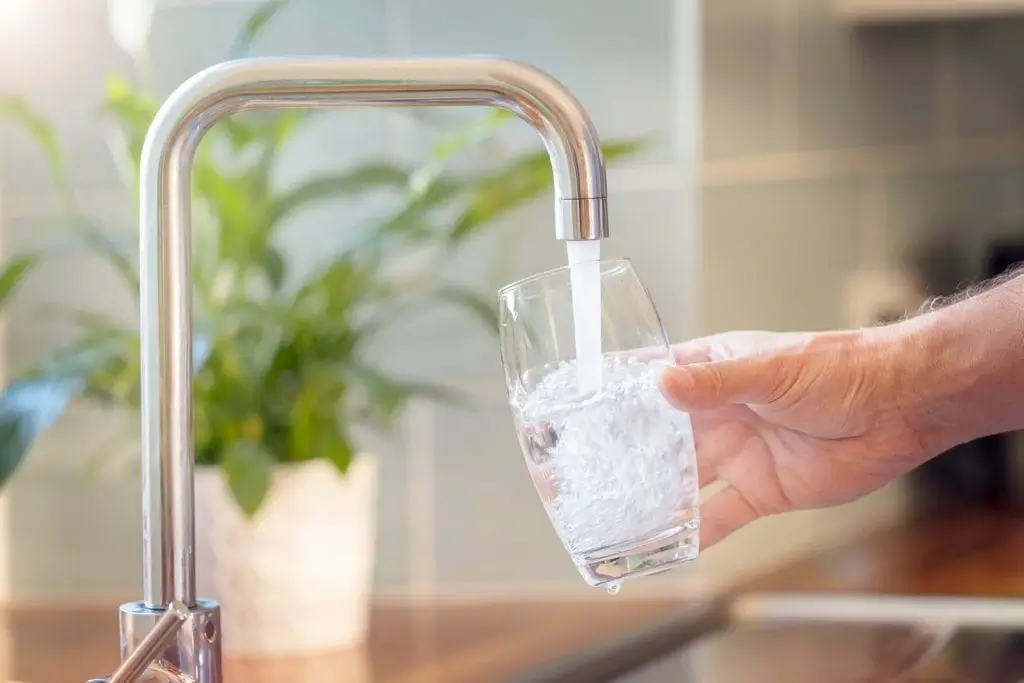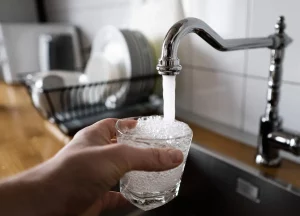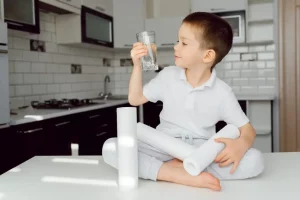What is Deionized Water?
Deionized water, also known as “DI water” and “demineralized water”, is water that has had all or most of itsions removed. This is usually done by an ion exchange process.
As we move on to the next section, please remember that ions can be particles with either a positive or a negative electrical charge. Let’s continue.
How is DI water made
The DI water is created by passing the water source through one or more electrically charged resins. The water is filtered by reverse osmosis (RO), to remove organic matter. The water is made relatively clean by this pre-filtration before it is deionized.
The pre-filtered water passes through two types ion-exchanger resins before it enters the DI system. One is a cation resin that contains positively charged ions, and the other is an anion resin that has negatively charged ions. Some DI systems, however, use a single mixed-ion-exchange resin system that includes both cations and anions.
Resins are small, plastic beads made of organic polymer chains and charged functional groups. Each functional group can have either a fixed negative or positive charge. A negative functional group in the cation resin attracts positively charged water ions. The anion resin, on the other hand has a positive functional band that attracts negatively charged particles.
Hydrochloric acid (HCI), which is used to regenerate cation resin, is required in order to produce DI water. The negatively charged cation beads are then attached to the positively charged hydrogen (H+). The anion resin can be regenerated using sodium hydroxide, (NaOH), and then the negatively charged Hydroxyl(OH-) attaches to the positively charged anion crystal bead.
The bonds between different ions don’t always work the same way. Some are stronger than others. Calcium has a stronger bond to the cation resin beads than sodium. The anion resin beads’ H+ and OH- do not attract strongly to each other, which allows for ion exchange.
As positively charged ions flow across cation resin beads the cations are converted to hydrogen (H+). The same is true for negatively charged anions that flow across anion resin beads. They are exchanged to Hydroxyl (OH) The H+ and OH+ combine to form pure H2O. The resin beads must be regenerated once all of the exchange sites for the anion and cation resin beads have been used up and the tank has stopped producing DI water.
Not all DI water is safe and clean. However, it may not be 100% pure. Deionization doesn’t remove pathogens, organic pollutants or impurities that aren’t charged. Its purity also depends on the type of contaminants present in the water source and the pre-filtering process.
Different types of water deionization
There are three types deionization methods: co-current, counter-current, and mixed-bed.
Let’s take a look at how each type of product works.
The standard down flow process is used for co-current deionization. This process involves both the input water as well as the regeneration chemicals flowing concurrently to the top ion exchange column and then exiting at the bottom.
Counter-current deionization is water flowing from the top to the bottom and the other way around. Counter-current takes less time to regenerate than co-current. This is advantageous for both the environment and the cost of regeneration.
Mixed-bed deionization is a mixture of anion and cation resins in one ion-exchange columns. This requires a more complex regeneration process, which usually results in purified water of higher quality but with a higher price.











